Backpacking in the Grand Tetons
The sun has moved behind the peaks. In the distance the light begins to retreat up the jagged, snow-patched granite walls. A soft twilight falls over the rocky meadow in front of me where a marmot is rooting through the grasses and purple lupines. Some where farther up the hillside from the granite boulder I am leaning against a pair of deer are grazing. Everything seems hushed and perfect.
Further down the stream that runs through this meadow a couple of late arrivals are setting up their tents. The wind that has been blowing all afternoon has died down a bit, though it still gusts and will pick up again before night falls.
This place feels limitless. The high alpine country of Grand Teton seems to stretch forever in every direction, the sheer granite peaks reach up into the clear blue doom overhead. The wind begins to howl again, blasting at the gnarled Whitebark Pines to my left compounding the wild feeling of the backcountry.
Here in the meadow the wind is less severe, the pines block the full force of it and it slows to something more like a strong breeze. The lupines sway slightly, the light is retreating up the granite walls on the opposite side of the canyon. I eat dinner, watch the light retreat.
Just beyond the pines, over a small ridge where my tent is pitched in relative shelter from the wind, lies Holly Lake, a small, sapphire lake nestled at the base of Mount Woodring. Near the exit of Holly Lake is a smaller pond, cut off from the lake by a rocky moraine, the remnants left by retreating glaciers. To the west is Paintbrush Divide, some 2000 feet higher and still choked with snow. Beyond that lies the seemingly endless Teton Range — wild mountains stretching clear over into Idaho.
The Tetons are about as spectacular and dramatic a mountain range as you’ll find. These mountains are young (in geological timescales anyway) and jagged, with majestic peaks, pristine lakes and gorgeous meadows carpeted with wildflowers even in July. The meadow in front of me is littered with the purple of lupines, yellow Balsalmroot and the occasional red tuft of paintbrush flowers.
Part of the reason the Tetons are so striking is that they seem to arise from nowhere. Just a few miles east of my camp is a nearly flat sage-covered valley. There’s not much in the way of foothills, the mountains simply begin. That abruptness is part of what makes the Tetons feel so utterly wild — there is something raw and elemental about the Tetons that sets them apart from other mountains I have hiked through, only the Himalayas convey a similar sense of being in the real wild.
Of course you probably won’t get that sense of wildness if you stick to the paved roads. Grand Teton National Park gets very crowded in the summer. Still, as with most places on earth, if you get our of your vehicle and walk a few miles in any direction you’ll quickly find yourself alone in the remarkable wilderness and beauty that exists here.
That wilderness can bite though. Yesterday when I arrived a storm hung over the peaks raining hail, snow and lightening on a number of climbers trying to summit Grand Teton. All afternoon rescue helicopters flew back and forth, up and down the mountain plucking a total of 16 climbers off the peak, some of whom had been struck by lightening several times. It was the single largest rescue effort in the history of the park. Tragically, one person was killed. (For more details check out this harrowing account of the rescue on Grand Teton).
I used to climb, but these days I’m content to just walk. To get away from the crowded campgrounds clustered around the lake area at the base of the peaks I strapped on a pack and hiked up here, to Holly Lake, where I was, for the most part, totally alone.
I’m not one for covering long distance in short periods of time. I set out early and was at Holly Lake by noon. It’s only a six mile walk, though you do go up some 3000 feet. I felt no need to keep going. Part of letting the world slip away in the backcountry means you can let go of that endless need to keep pushing. The exercise is good, but so is the doing nothing. The relaxing.
I set up camp and walked over to the meadow where I watched the clouds roll by, sometimes finding images in them, sometimes not. Eventually I dozed off for a while and woke up feeling refreshed. I spent the afternoon walking around the lake, exploring the hillsides and the meadow. A few day hikers came up, ate their lunches and left.
As evening fell — late at these latitudes, it did not get completely dark until nearly ten — I made a small dinner and sat in the meadow watching a pair of deer eat their own dinner. They watched me, perhaps a bit more warily than I them, but they did not run.
By the time the stars came out it was too cold for lounging in the meadow, I retreated to my tent, crawled in my sleeping bag and stared up through the mesh top at the stars above.
Hiking into the wilderness empties your mind. You fall into the silence of the mountains and you can relax in a way that’s very difficult to do in the midst of civilization. The white noise that surrounds us in our everyday lives, that noise we don’t even notice as it adds thin layers of stress that build up over days, weeks, years, does not seem capable of following us into the mountains.
Perhaps something about the quiet of the land, the stillness of the evening, the silence of the night, something out here that makes all of that back there fade away for a time. The wilderness is a reviver, a giver of perspective, all you have to do is step out into it.
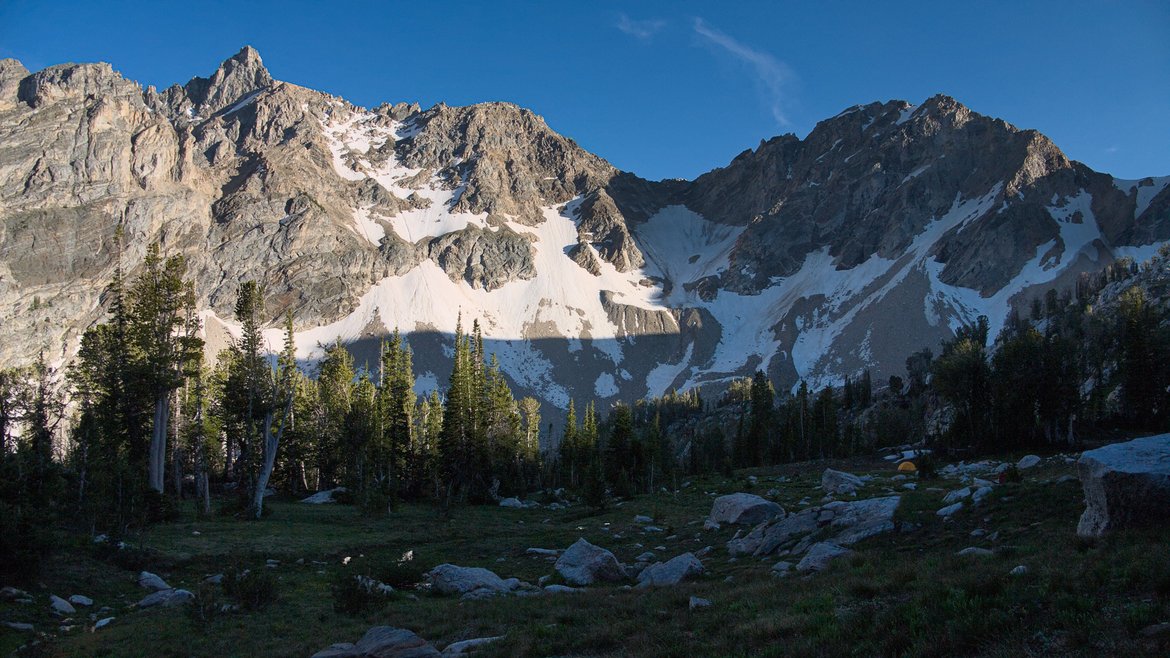
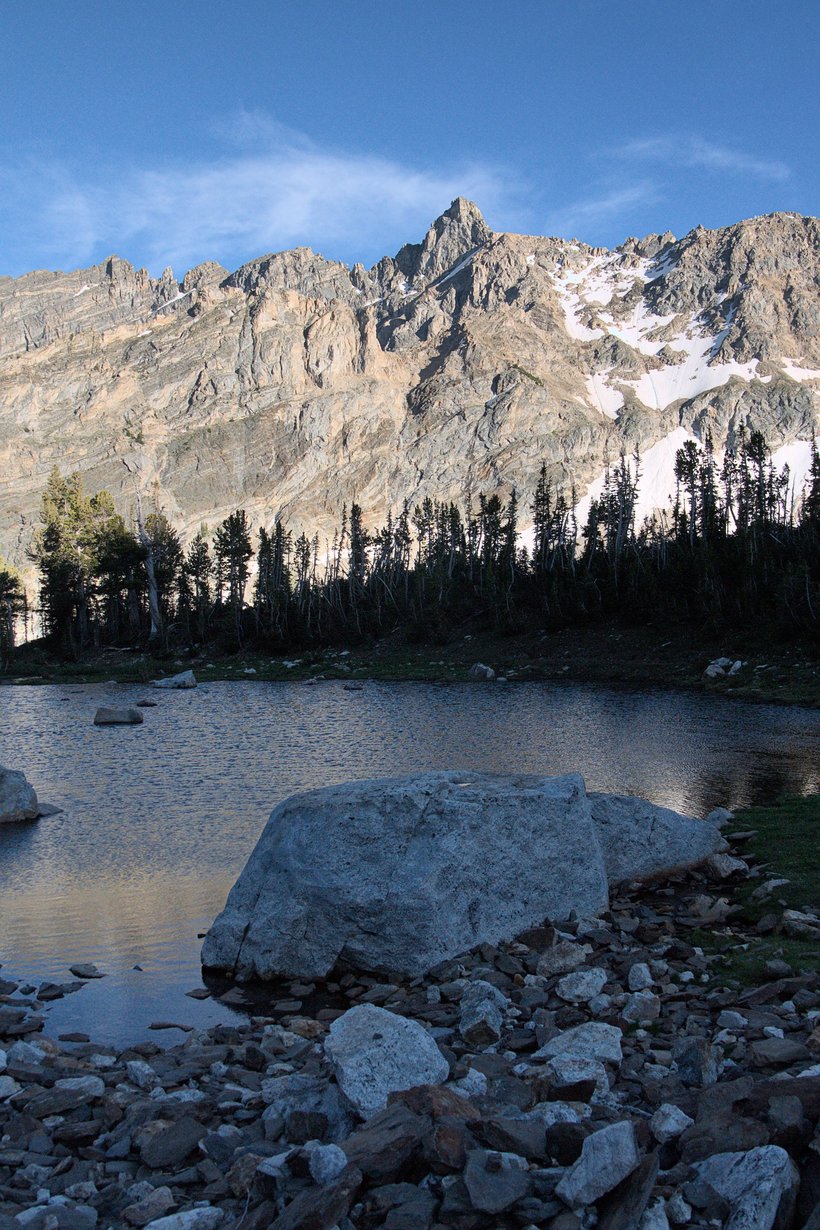
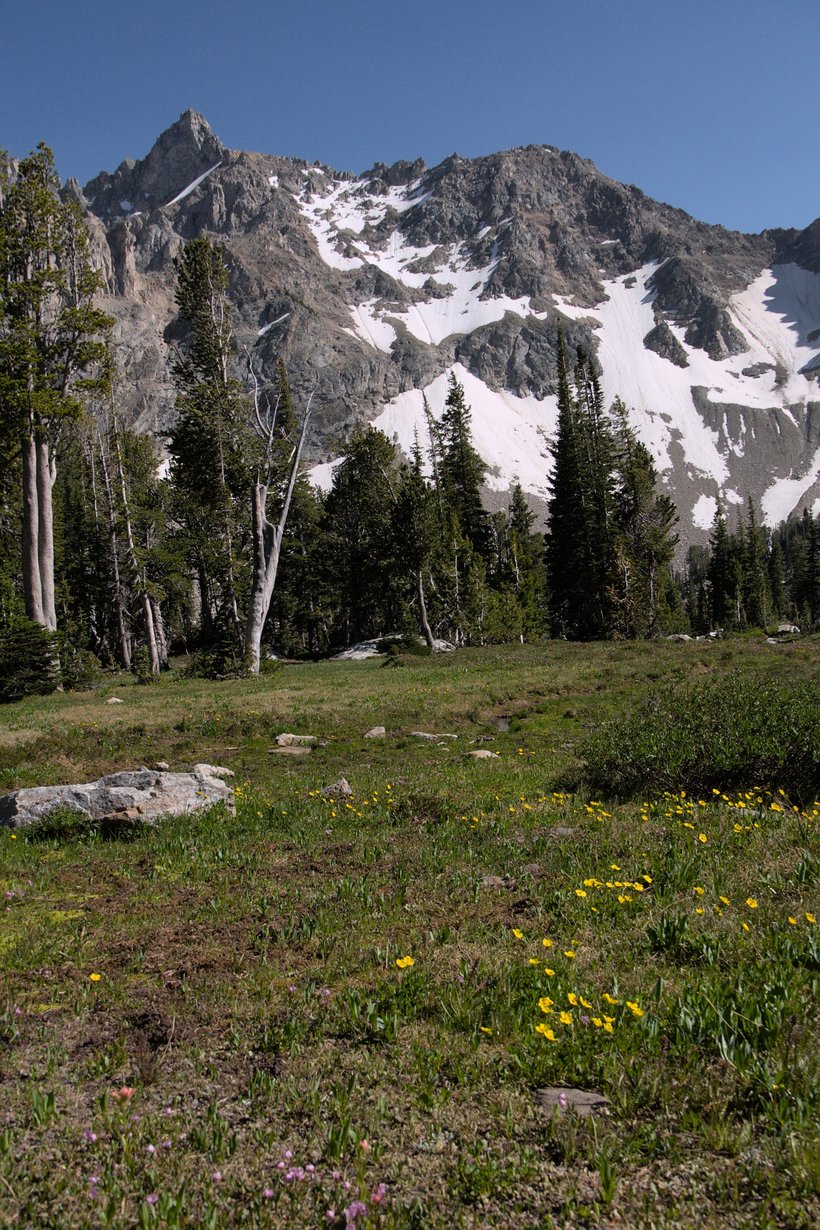
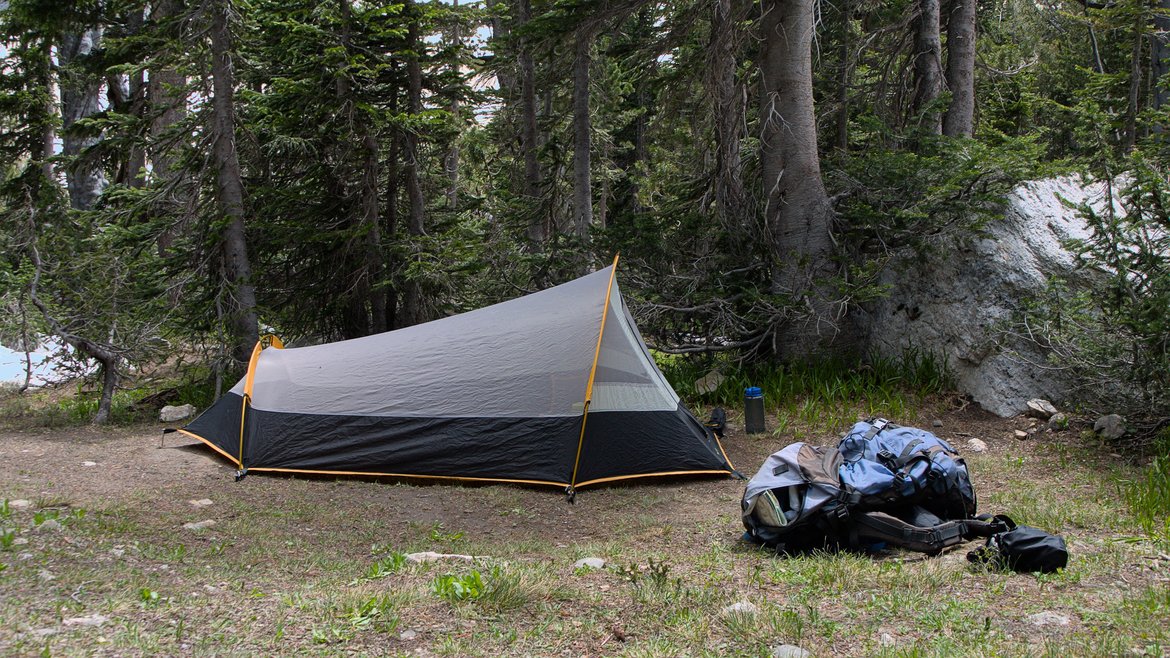
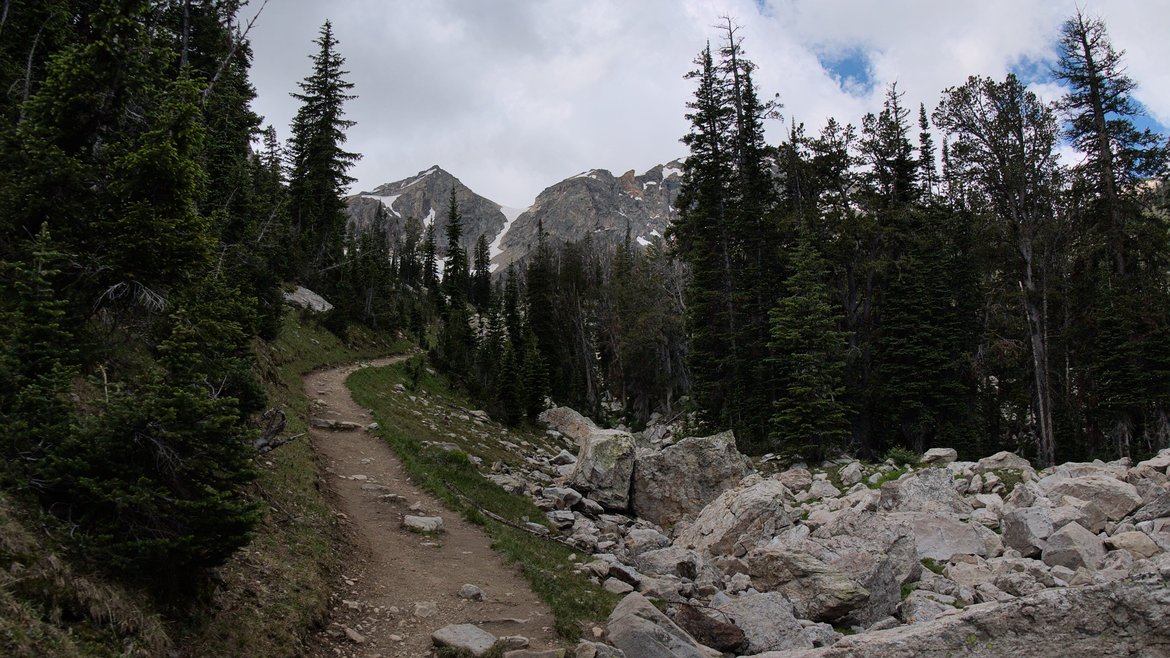
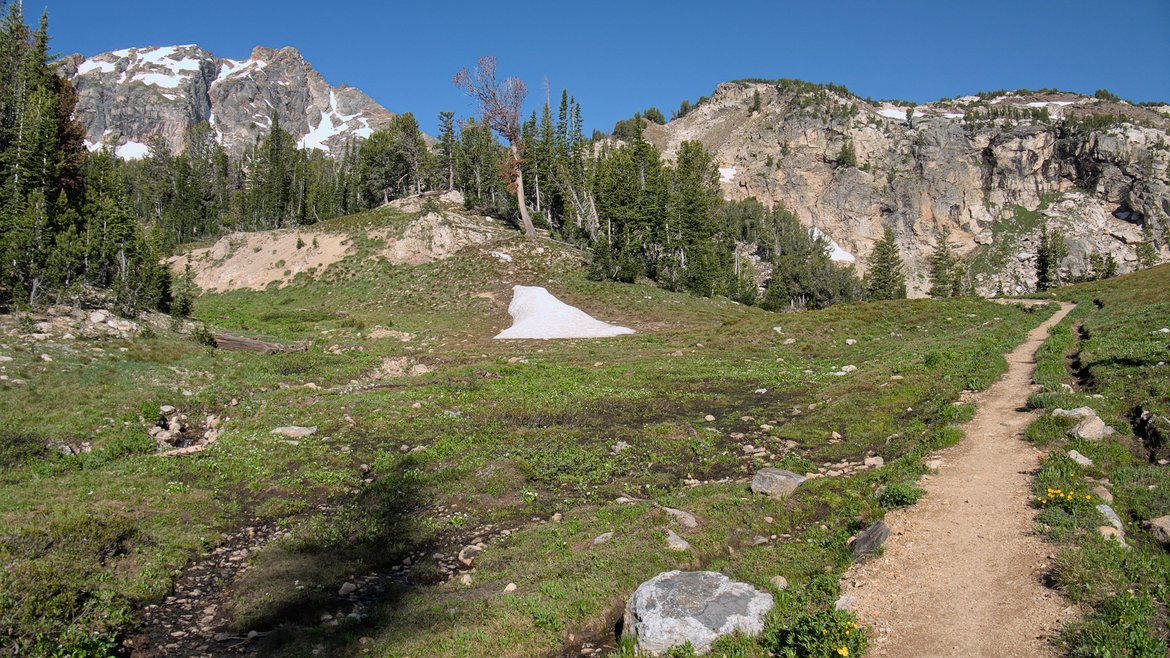
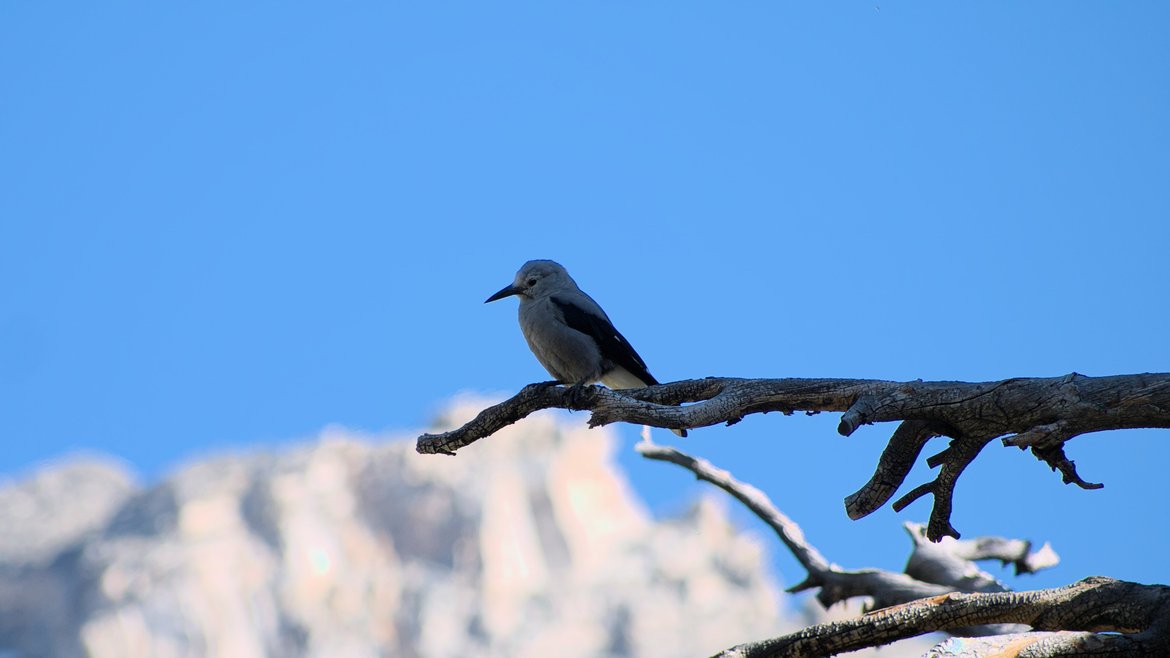
Thoughts?
Please leave a reply:
All comments are moderated, so you won’t see it right away. And please remember Kurt Vonnegut's rule: “god damn it, you’ve got to be kind.” You can use Markdown or HTML to format your comments. The allowed tags are
<b>, <i>, <em>, <strong>, <a>. To create a new paragraph hit return twice.